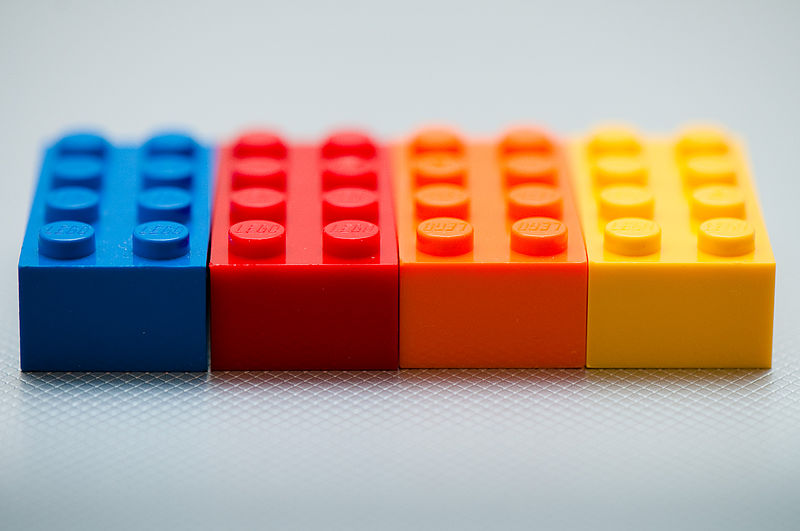Time flows differently in Bio-Land. For a while we did not get any update from there. Meanwhile, apparently Alice, the biologists and everything around them did not move, as under a freezing spell. We can only set them free starting to share their stories again. So let’s begin telling the next one, even if such magic will not tame winter chill on this side instead.
Last time we explored how to target biological systems with an engineering approach, outlining the shapes and colors of the biotechnological world. Summing up, biotechnologies can be defined as technological methods for exploiting living systems in order to fulfill human needs. That includes the modification of genomes through more or less direct and specific strategies. There exist many biotechnological applications, ranging from selective breeding of plant species for enhancing their nutritional value to genetic engineering of specific genes for making a cell produce a molecule with pharmacological relevance. Generally speaking, biotechnologies make technological tools whose application to existing living systems is defined by human requests.
There exists another top-down approach to biological entities whose premises are slightly different than those of biotechnologies. We are talking about Synthetic Biology, which intends to use natural biological parts for building up artificial biological systems. As you can imagine, that is oriented to human needs too. But instead of modifying an existing organism, the scope of this approach is to identify existing parts that can be assembled as they are into an organism which does not exist yet, and takes shape according to human design entirely, at least at a supra-module level. Here you can find a very explicative infographic about definitions and common practices of Synthetic Biology, by the Marquez-Lago Lab at OIST.
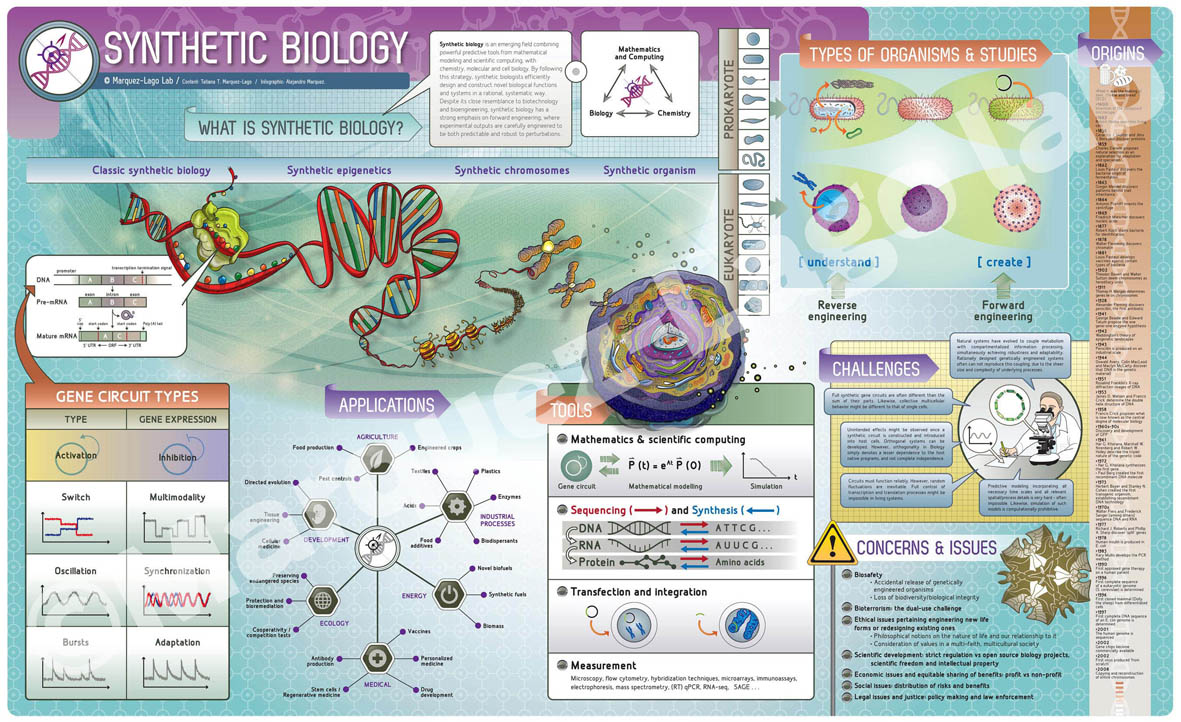
Such approach needs strict standardisation of subparts and procedures. In fact, for making construction and usage protocols reproducible and modular, standards must be defined for both design schemes and biological components to be used as modules, or building blocks. The Synthetic Biology community contributes to the specification of public standards. For some biological parts that culminates in the specification of a dedicated language, the Synthetic Biology Open Language.
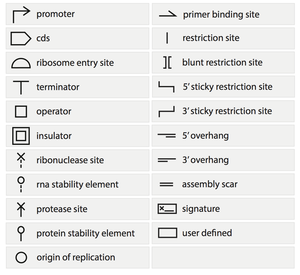
This highlights the need for abstracting from the physical components of the systems to be built up, towards the definition of standard symbols for the biological components to be used. In other words, Synthetic Biology benefits from abstract models of biological systems, towards a computer-aided analysis and design of synthetic biological systems.
A Synthetic Biologist can target living systems at every scale, ranging from the molecular to the population level. Fields of application are diverse, ranging from energy production and storage to the construction of a biological computer. Here you can find an exhaustive list of possible applications, presented together with their feasibility considering the state of the art of the underling technologies.
The Craig Venter’s group obtains a notable result in 2016, assembling a minimal genome which does not exist in nature.

Synthetic biology in a sense comprises the biotechnological vision, even if the two fields have only partial overlaps. Most of all, biotechnological tools allow for Synthetic biology to get more and more tailored on the requirements imposed by human design. A notable example is the story of the CRISPR/Cas9 system, a fast, cheap and accurate genome editing tool.
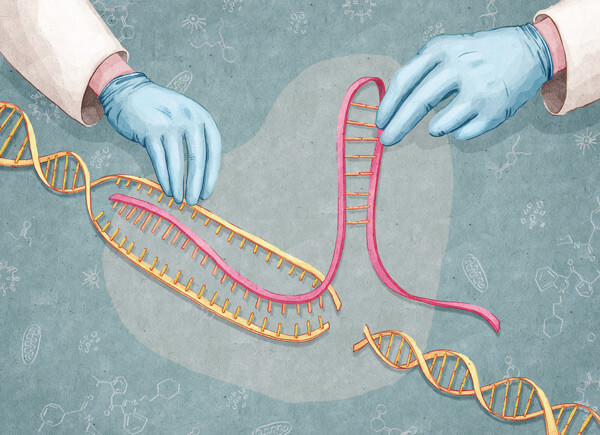
So, this is another game Alice and the biologists can play together. We can picture them having a lot of fun while arranging biological bricks into novel artificial systems like they were lego parts, building up a variety of bridges crossing the boundary between the world of biology and the realm of engineering.
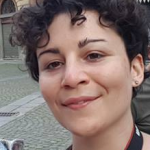 Roberta Bardini
Roberta Bardini
